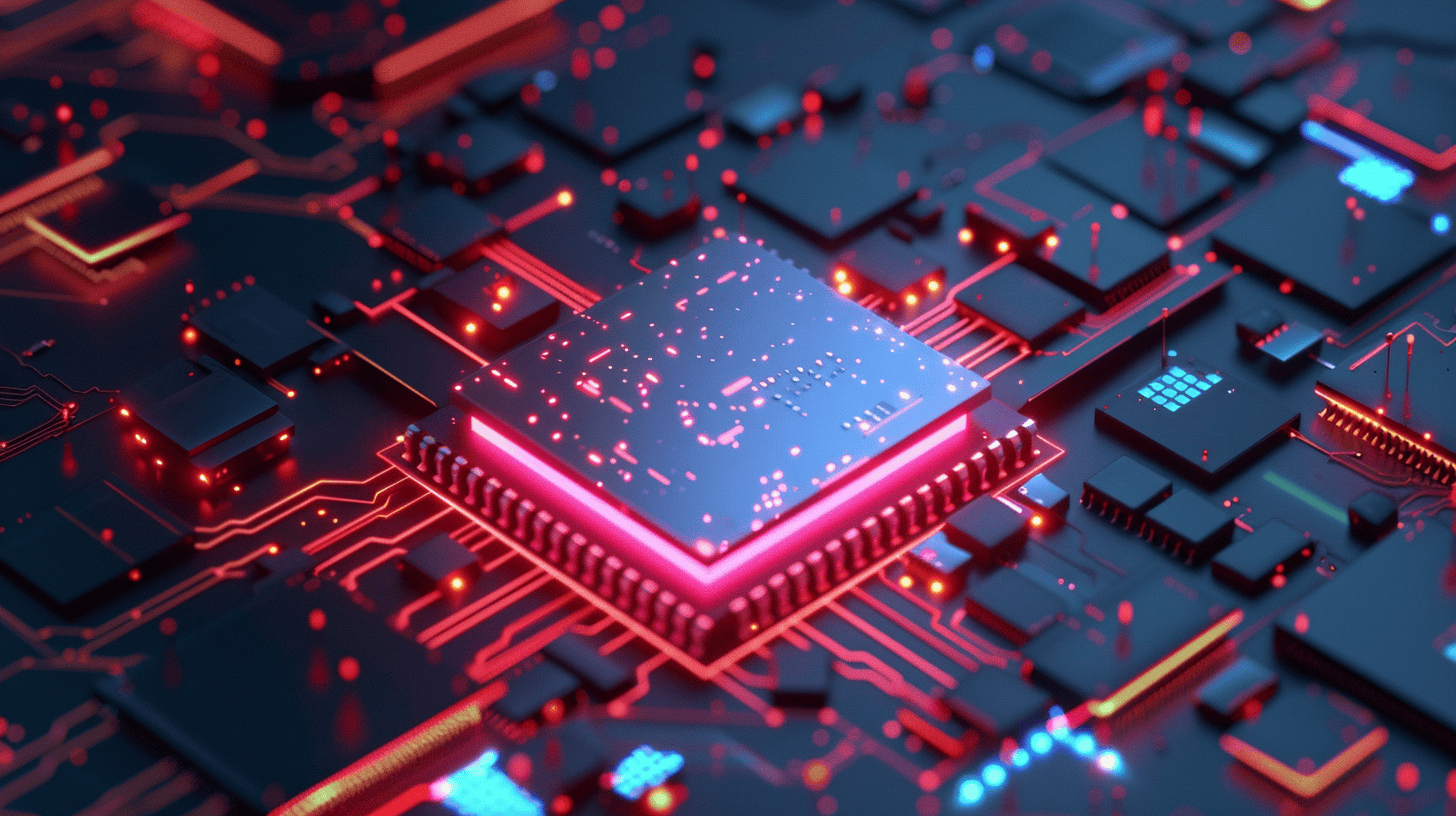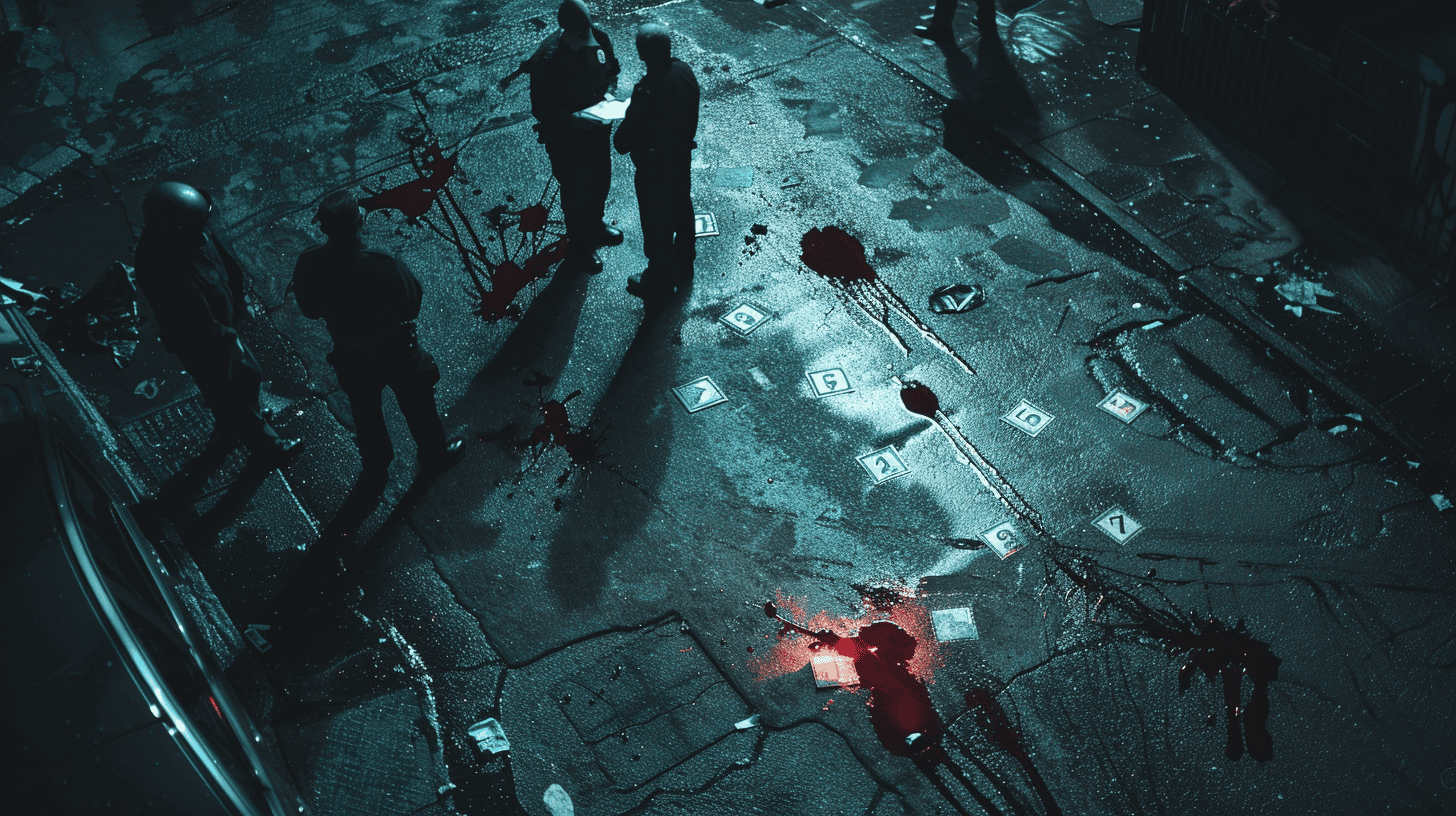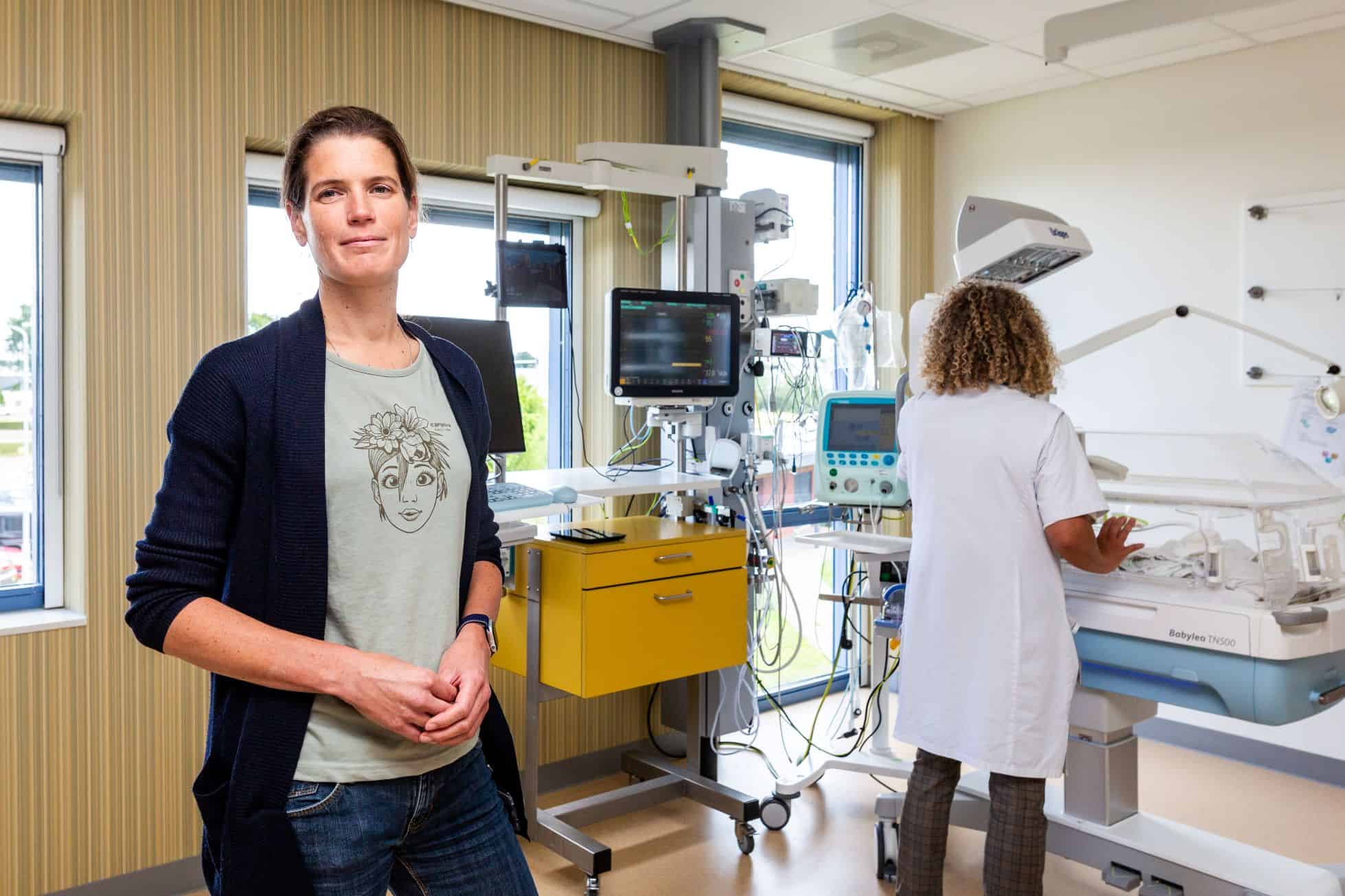
For the first time, researchers at KU Leuven were able to perform tests on human brains in a specific brain area that makes it possible to recognise objects. Patients who had to undergo surgery on the brain as part of another treatment were given microelectrodes. This research method is unique, says KU Leuven. The results were published in PLOS Biology. One of the results: human brain cells react slower than monkey cells.
There are several ways to examine the brain. Scientists can make functional MRI scans of our brains to see which areas become active when we perform a certain task. They look at a large group of brain cells (hundreds of thousands of cells). Unfortunately, this method is very slow and provides too little detailed information.
A second method involves the introduction of microelectrodes into the brains of laboratory animals such as mice, rats and monkeys. This method makes it possible to register signals with a higher resolution (micrometers and milliseconds), up to the level of a single brain cell. Scientists have already learned a great deal from this, but the brains of these animals are of course not identical to those of humans. The research of Thomas Decramer, Elsie Premereur, Peter Janssen and Tom Theys provides an answer: for the first time, they were able to insert microelectrodes into a part of the visual cortex responsible for recognising objects in humans.
Visual cortex

For this research, Professor Janssen’s lab collaborated with Professor Tom Theys, a specialist in epilepsy surgery at UZ Leuven. For patients with severe epilepsy, it may be necessary to insert electrodes into the brain in order to be able to register where the seizures start, in the hope that this zone can be removed afterwards. During this procedure, additional microelectrodes were inserted into the visual cortex to identify both epilepsy and normal brain functions at a higher resolution.
During the two weeks that the patients spent in the hospital after the operation, they were shown images of objects. The microelectrodes were then able to record how the individual brain cells reacted. This is the first time that the functioning of brain cells in the visual cortex can be studied at such a detailed level.
After removing the electrodes, a functional MRI scan was performed. During this scan, the patients were shown the same images of objects. This way, the researchers could see which areas of the brain became active. These data were then compared with the microelectrode registrations.
Slower than the monkey
The research provides some interesting results. “The brain cells in this area of the brain react specifically to certain images of objects, which was expected on the basis of imaging via an MRI scan, but has never been demonstrated”, says Professor Janssen. “However, based on previous research, we thought that the brain cells studied would only react if the patient was shown an image of an object in a specific place on the screen, for example in the middle. Now it appears that these cells also react when the object is placed at other positions, more to the left or to the right for example.” It was also striking that the human brain cells reacted several tens of milliseconds slower than the cells of the monkey.
Important for the brain research was the finding that the researchers had indeed focused on the right brain cells to see objects: at the moment the patient saw an image of a specific object, the investigated cells became active, not when displaying other objects. This confirms previous animal experiments and human imaging studies.
Similar experiments should be able to study other human brain regions on the same scale in the future.
The full article in PLOS Biology








